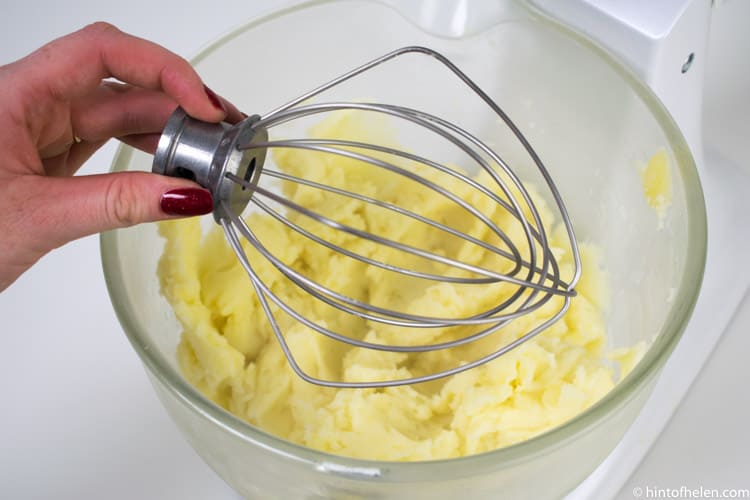
In this blog post, we will delve into the art of making fluffy mashed potatoes using a KitchenAid mixer, spotlighting the most effective attachments and offering practical tips to ensure your success.
Before we discuss the specific attachments, it’s crucial to understand the science behind fluffy mashed potatoes. Potatoes contain two types of starches: amylose and amylopectin. When boiled and mashed, these starches are released, and if overworked, they can lead to a gluey texture. The key to fluffy mashed potatoes lies in controlling the release and interaction of these starches.

KitchenAid mixers come with a range of attachments, but two are most commonly used for mashed potatoes: the flat beater and the wire whip.
The flat beater is KitchenAid’s standard attachment. It’s ideal for heavier mixtures like cookie dough but can also be used for potatoes. The flat beater offers an even, consistent mash, but if overused, it can contribute to overworking the potatoes, resulting in a gluey texture.
On the other hand, the wire whip is designed to incorporate air into mixtures, making it perfect for creating light, fluffy textures. When used with caution, it can produce beautifully fluffy mashed potatoes. However, the wire whip’s aggressive action can also lead to overworked potatoes if not monitored closely.
To illustrate the differences, consider the table below:

| Attachment | Texture | Risk of Overworking |
|---|---|---|
| Flat Beater | Even, consistent mash | High if overused |
| Wire Whip | Light, fluffy mash | High if not monitored |
Regardless of the attachment you choose, here are some tips for achieving the ideal fluffy mashed potato texture:
Now, let’s address some FAQs about using KitchenAid attachments for mashed potatoes.
1. Can I use the dough hook to make mashed potatoes?
While the dough hook can be used, it’s not recommended. The dough hook is designed to knead bread dough and can easily overwork potatoes, leading to a gluey texture.
2. How long should I use the KitchenAid mixer to mash potatoes?
Generally, you should mix the potatoes until they reach your desired consistency. However, it’s important to be cautious not to overmix. Start with low speed and gradually increase if needed. Usually, two minutes should suffice.
3. Can I use the KitchenAid mixer for sweet potatoes?
Yes, you can! Both the flat beater and wire whip can be used for sweet potatoes. Just remember to adjust your mixing time to prevent overworking the potatoes.
In conclusion, both the flat beater and wire whip attachments for KitchenAid mixers can be instrumental in achieving fluffy mashed potatoes. However, the secret to perfect mashed potatoes lies not merely in the tool but in the technique. Remember to choose the right type of potatoes, cook them properly, and be mindful of your mixing time and speed.
Happy cooking!
